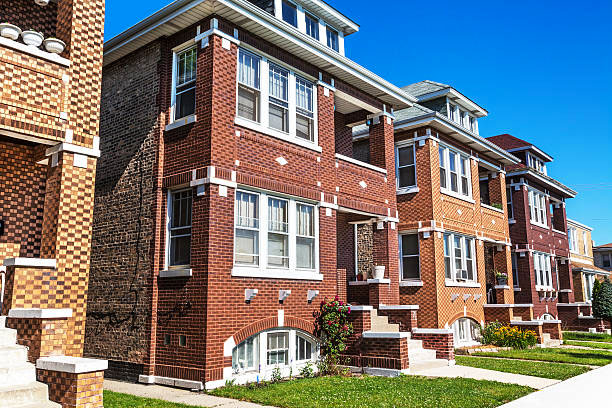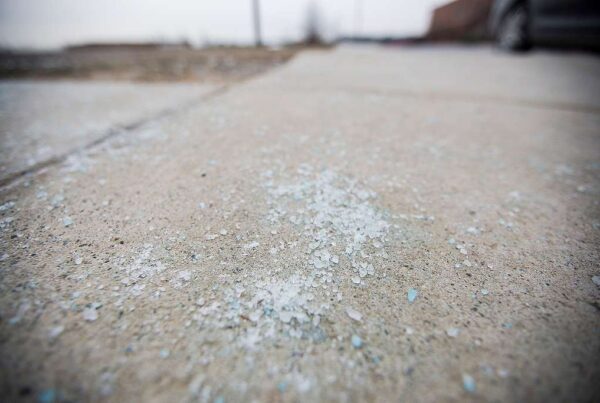|
|
FAQ: Reserve Studies
What are some of the most common mistakes made by building/association boards when it comes to budgeting for capital improvements?
The ideal method for funding the replacement of an element is to begin saving immediately after the element is placed into service. This is easy to overlook at a newly constructed or converted property where residents are hardly thinking of having to replace the pavement or roofing. Therefore it’s important for an association to have a reserve study performed as soon as possible after the property is turned over to the new board. The reserve study will lay out the estimated costs and timing of large replacement projects so that the association can begin properly funding for those costs through their monthly assessments. This ensures that the cost of ownership of the common elements is shared by the unit owners throughout the life of the element. The longer an association waits to have a reserve study performed and find out what they should really be putting away, the further behind they’ll get, forcing unit owners who happen to be around when a large project is needed to make up the difference.
Is it good enough to have a reserve study on file?
Just having a study on file isn’t enough. The study is a tool for the board to use in planning for the anticipated long term expenses. A study that’s performed but then filed away and not followed isn’t very useful. Studies are typically constructed to forecast expenses for a 30 year period. However this doesn’t mean that having a study performed will cover you for the next 30 years. Changes in construction costs, interest and inflation rates, as well as changing conditions at the property make periodic updates to the reserve study a necessity. It’s typically recommended to have the study updated every 3-5 years, depending on the make-up of the property.
Once an association has made it to the end of an element’s useful life, it’s important to handle the replacement of that element properly as well. A common mistake made by boards for large, important replacement projects such as roofing or siding is to simply request bids from contractors without any coordination. The result is usually a set of bids that vary in cost as well as the scope of work making it difficult for the board to decide which proposal makes the most sense. It’s recommended that large projects have a specification developed by an engineer, which is a set of documents that define the scope of work and tell the contractors exactly what to bid on. This makes comparison of the bids more meaningful, as each contractor has bid on the same project parameters. The board may also have little experience with finding a reputable contractor who will take pride in performing the job correctly, the first time. Engineering firms will be able to provide lists of reputable contractors to include in the bidding process. The engineer should also be retained to oversee the construction process to ensure the specifications are followed and deal with any unforeseen complications that may arise. Having this third party consultant act on behalf of the association is an added insurance against an improper or poorly performed job.
What does an engineer or architect look at or look out for when doing a reserve assessment?
The main goal of the study is to quantify and assess each of the common elements and to estimate the replacement costs and remaining useful lives. Factors that are considered during this process include acquiring historical data for the elements such as date of installation, type of material or product used, warranties, and information regarding any deficiencies or needed repairs. With this information in mind, does the observed condition of the elements agree with its age and typical expected useful life? Is the proper level of maintenance being performed to ensure the element reaches its expected useful life? Are there any adverse conditions that are likely to reduce the useful life for the elements? Examples include inadequate drainage at pavement, poor ventilation at sloped roofing, and chronic ponding water at low sloped roofs.
If a building community is really behind the curve with reserves and major maintenance projects, what should they do? What resources should they call upon to get things back on track?
If an association is really behind, it’s an unfortunate situation because the current residents will now have to bear the burden of dealing with the shortcomings. There are basically three paths that can be taken, and each has its positives and negatives.
- Special Assessment(s)
A special assessment is a one-time collection from the unit owners in addition to the typical monthly assessments aimed at building the reserve balance in preparation for anticipated capital replacement projects. A special assessment can also be distributed over a few months or years, to ease the financial burden on the residents. The downside to this approach is obviously that the unit owners need to come up with this money on a short term basis, and typically indicates that they are paying more than their fair share due to historical insufficient funding levels. The upside is that needed monies are quickly accumulated without added interest payments.
- Loan
Financing can be obtained for capital projects from lenders. The loan terms are typically ten years or less and lenders will typically require a reserve study to ensure the association and the bank, understand the financial status of the association and verify its ability to repay the loan. The bank may also require that the project be specified and managed by a third party engineering firm to make sure the project is performed to high standards and verified by an independent consultant. The advantage of a loan is that the cost of the project can be distributed over a longer period of time and avoid a large one-time special assessment. The downside is that the project will have a higher overall cost due to interest payments.
- Regular Assessment Increases
Another method to increase reserve balances is through increases to the monthly assessments. A reserve study may indicate a funding shortage and recommend increases to the annual reserve contributions early in the term that are higher than what are typically recommended in a study. The annual increases are distributed to the early term, typically between 1-5 years, to catch up and build the reserve fund to prepare for the large capital expenses. Subsequent to building the reserve balance, the contribution increases are reduced to typical levels. Associations may have limits on annual assessment increases in their governing documents which will have to be considered. The advantages and disadvantages of this approach are similar to special assessments, however the increased collection levels can be distributed over a slightly longer period than a special assessment.
Beyond these three methods, associations are pretty limited if they’re truly behind their funding curve. Creative methods of reducing operating budgets to increase reserve contributions can be considered. Examples include modifying snow removal contracts to eliminate the fringe months of November and April, energy conservation initiatives to reduce utility costs, or renegotiating utility contracts for better rates.





